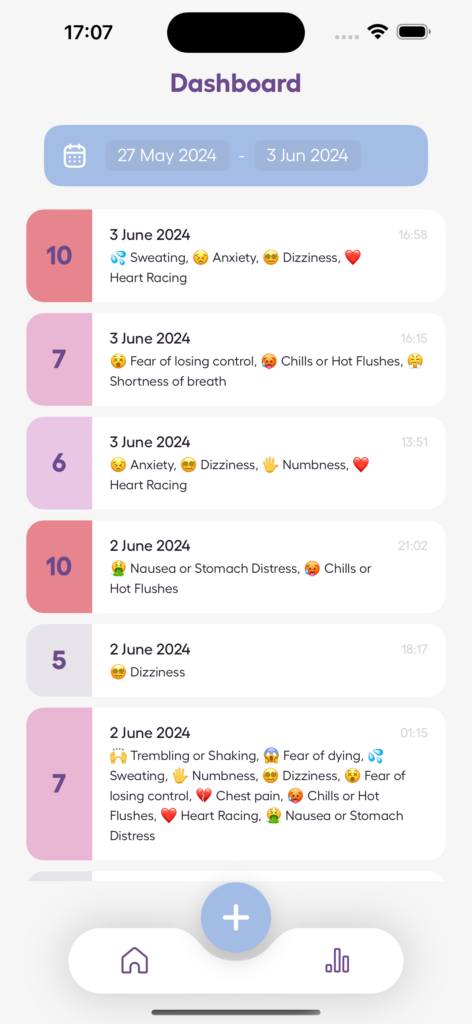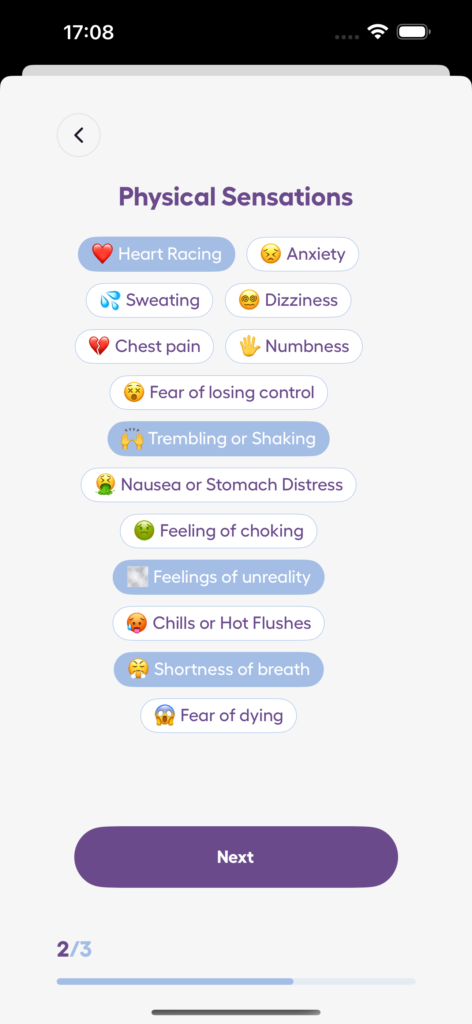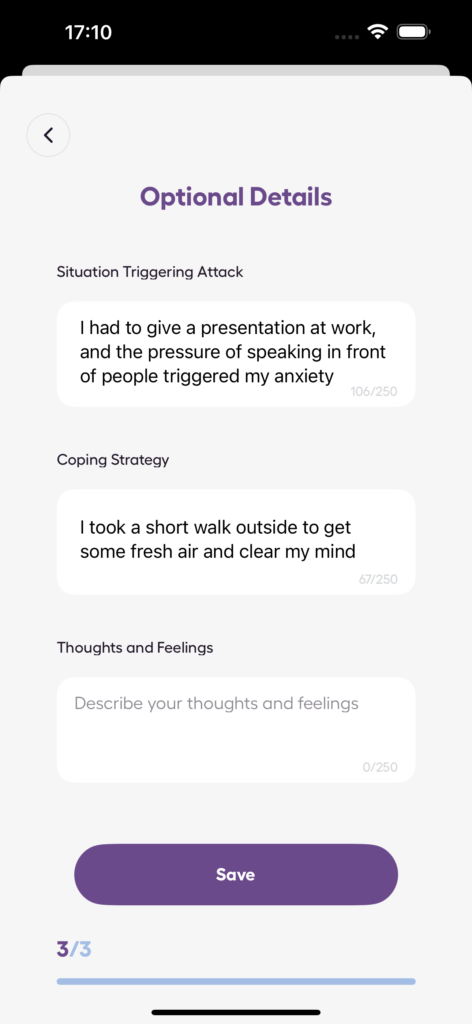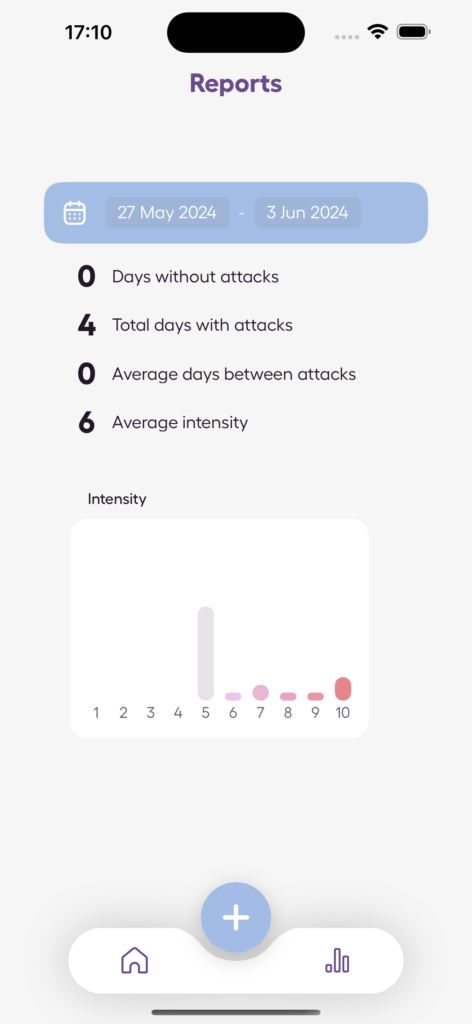CBT (Cognitive Behavioral Therapy) support groups combine professional guidance with peer connection to help manage social anxiety. These groups focus on reshaping negative thought patterns, building coping skills, and improving social interactions in a safe, structured environment.
Key Takeaways:
- Group Formats: Choose between online, in-person, or focus-specific groups (e.g., public speaking, dating).
- Core Benefits: Practice social skills, learn anxiety management techniques, and stay accountable with group support.
- Digital Tools: Use apps like Anxiety Journal to track triggers, monitor progress, and enhance group sessions.
Joining a CBT support group and using tools to track your progress can make social anxiety more manageable and help you build lasting skills.
Group & Individual Cognitive Behavioral Therapy CBT for …
CBT Support Group Basics
CBT support groups combine expert guidance with peer support, offering a structured environment to help manage social anxiety.
Professional Guidance
Sessions are led by licensed therapists who specialize in CBT. They ensure a safe and productive environment, teach CBT techniques, keep discussions on track, and establish clear boundaries for the group. Let’s take a closer look at how these sessions are organized and what they involve.
Benefits of Group CBT
Group CBT offers participants a range of advantages, all built around the structured group format.
Social Connection
This type of therapy creates a supportive environment where individuals connect with others facing similar challenges. It provides a chance to practice social interactions in a nonjudgmental setting and observe others’ growth, which can motivate personal improvement. These connections also help participants build and strengthen practical skills for managing anxiety.
Building Anxiety Management Skills
Group CBT sessions focus on teaching and practicing anxiety management techniques. For example, participants might learn guided breathing methods like box breathing to foster calmness and focus. The group setting also allows members to work on other strategies, such as:
- Recognizing personal anxiety triggers
- Using grounding techniques to stay present
- Creating and refining coping strategies through shared experiences
Maintaining Progress
Attending regularly helps participants stay on track with their goals and reduces the risk of setbacks. The structured schedule provides accountability and support, especially during tough times. By combining peer encouragement with routine practice, group CBT reinforces the skills learned and supports long-term anxiety management.
sbb-itb-b1dedcc
CBT Group Options
After learning about the benefits of group CBT, it’s time to explore formats that align with your needs and schedule.
Online Groups
Online CBT groups allow participants to connect through video calls or chat platforms. These groups are a great option for those seeking privacy or convenience. However, a stable internet connection and basic tech know-how are necessary.
Local Groups
In-person CBT groups provide opportunities for face-to-face interaction, making it easier to practice social skills and get immediate feedback. You can find these groups through local therapists, mental health centers, or even community centers that host regular meetings.
Focus-Specific Groups
These groups address specific concerns like public speaking, dating, or workplace anxiety. They often include targeted strategies and role-playing exercises tailored to the group’s focus.
Digital Support Tools
Digital tools can make your CBT group experience even more effective by offering ongoing support between sessions and helping you track your progress.
Anxiety Journal
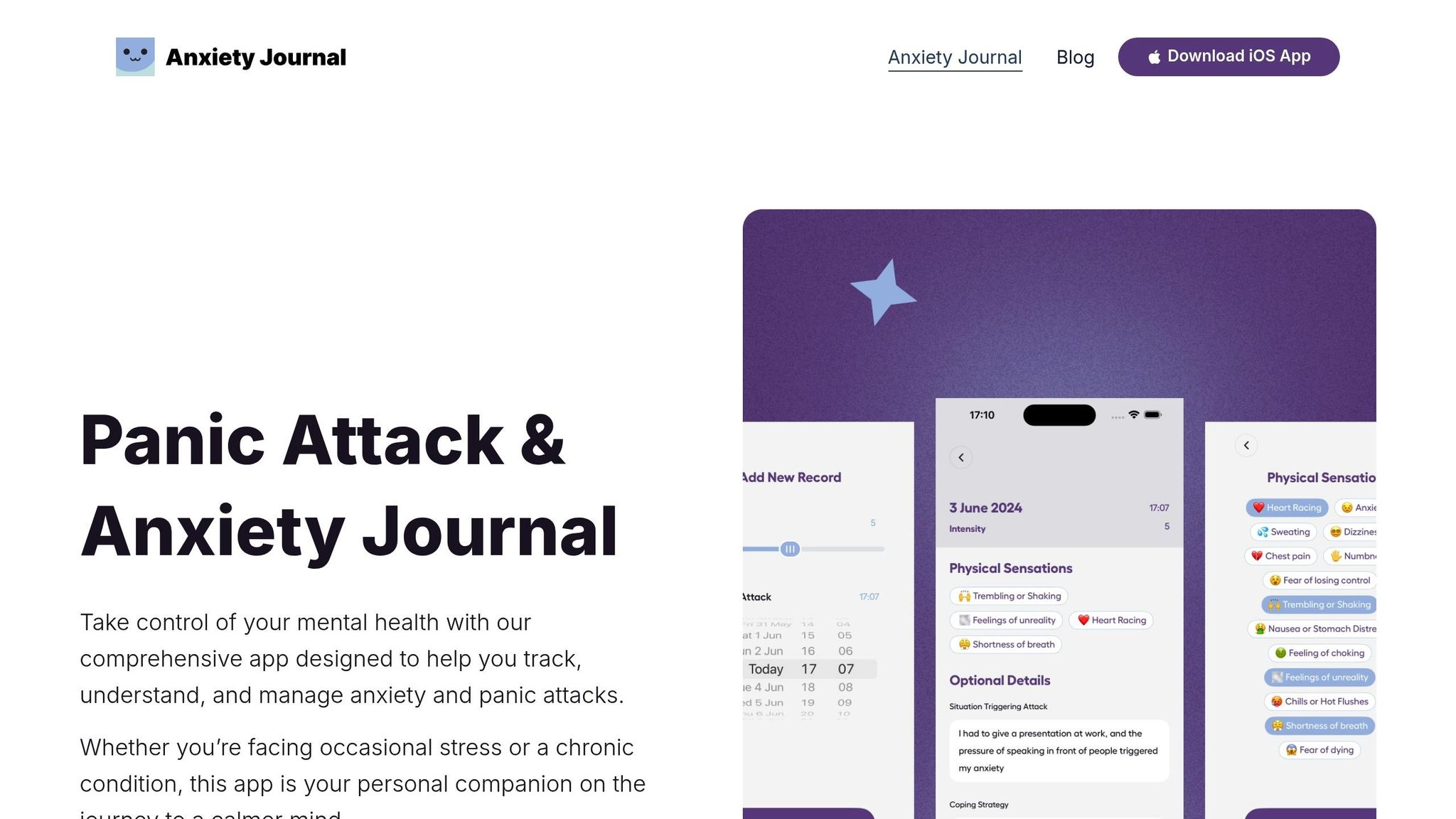
The Anxiety Journal works alongside CBT techniques, allowing you to document anxiety episodes (like triggers and symptoms), monitor daily stress levels, log coping strategies shared in group sessions, practice guided breathing exercises, and explore AI-generated insights. In 2022, users who actively engaged with the tool saw a 20% decrease in anxiety symptoms within three months.
Here’s how it helps:
- Spot patterns: Identify recurring triggers to better prepare for them.
- Track progress: Use trend reports to see improvements and understand which techniques are working best.
Pair these digital features with your CBT group sessions to build on your skills and stay on track.
Conclusion
When beginning your journey with CBT support groups, keep these important points in mind:
- Group Format: Decide whether online, in-person, or topic-focused groups best suit your preferences and needs.
- Tracking Tools: Use an anxiety tracking app to keep tabs on your anxiety levels, triggers, and coping methods.
- Active Participation: Share your tracking insights during group discussions to make them more meaningful and supportive.
Blending the benefits of CBT support groups with consistent self-tracking – like using an app such as Anxiety Journal – can help you identify triggers, strengthen coping mechanisms, and contribute to group conversations. Choose the format that works for your lifestyle and use your tracked data to stay engaged and make steady progress.


